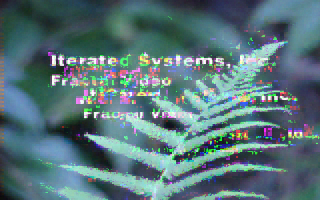Back in the day I said that I want 0.5.0 release of na_game_tool to be more than a mere decoder and also support game data archive extraction. And what do you know, less than half a year later I’ve finally started to work on it.
The idea is rather simple: use the same mechanics to detect archive type, create a plugin that will go through archive contents entry by entry, use information provided by it to create an output file and provide a writer for plugin to dump contents to.
Of course such functionality is present in many other tools, but this one will make na_game_tool more than just a decoder for some game multimedia formats, it will support the formats I somewhat care about, and it can perform some format conversion while at it. And it will allow me to offload the throwaway code I wrote for extracting such formats so that knowledge won’t be lost (as well as allowing me to use an existing framework when I need to create another extractor). With this the tool becomes more useful to me.
Here’s a simple example: the first archive format I implemented is for Access Software .ap files. The archive contains merely offsets where next file starts and nothing more. But for convenience I added a bit of code to look at the first bytes of the extracted file and give it a reasonable extension if possible (e.g. for ACC, DBE, H2O, PTF and WAV files).
Here’s another example: third (and currently last) supported archive format is Tsunami Media RLB. Beside mere extraction of all files (which is a necessary step for supporting their animation formats), it also outputs a proper image instead of raw image data for Mehan Enough (that involves remembering last decoded palette and scaling image twice horizontally). In the future I’d like to support images from other games like Ringworld but that would involve a bit more work.
Ultimately I hope to keep such hybrid approach to data extraction: convert simple formats (image and audio) in the extractor plugin if it makes sense and leave more complex formats to the other decoder (which may be na_game_tool, na_encoder or some third-party software). And I have a good candidate for that: Monty Python & the Quest for Holy Grail. You can see a page describing formats from that game linked in the top corner of this blog and even find a couple of posts about it. I guess that means that I care.
Of course it will take more months to make the next release (I’d still like to keep the rule about decoding at least twelve new formats based on my own research) but I’m not in a hurry anyway.
